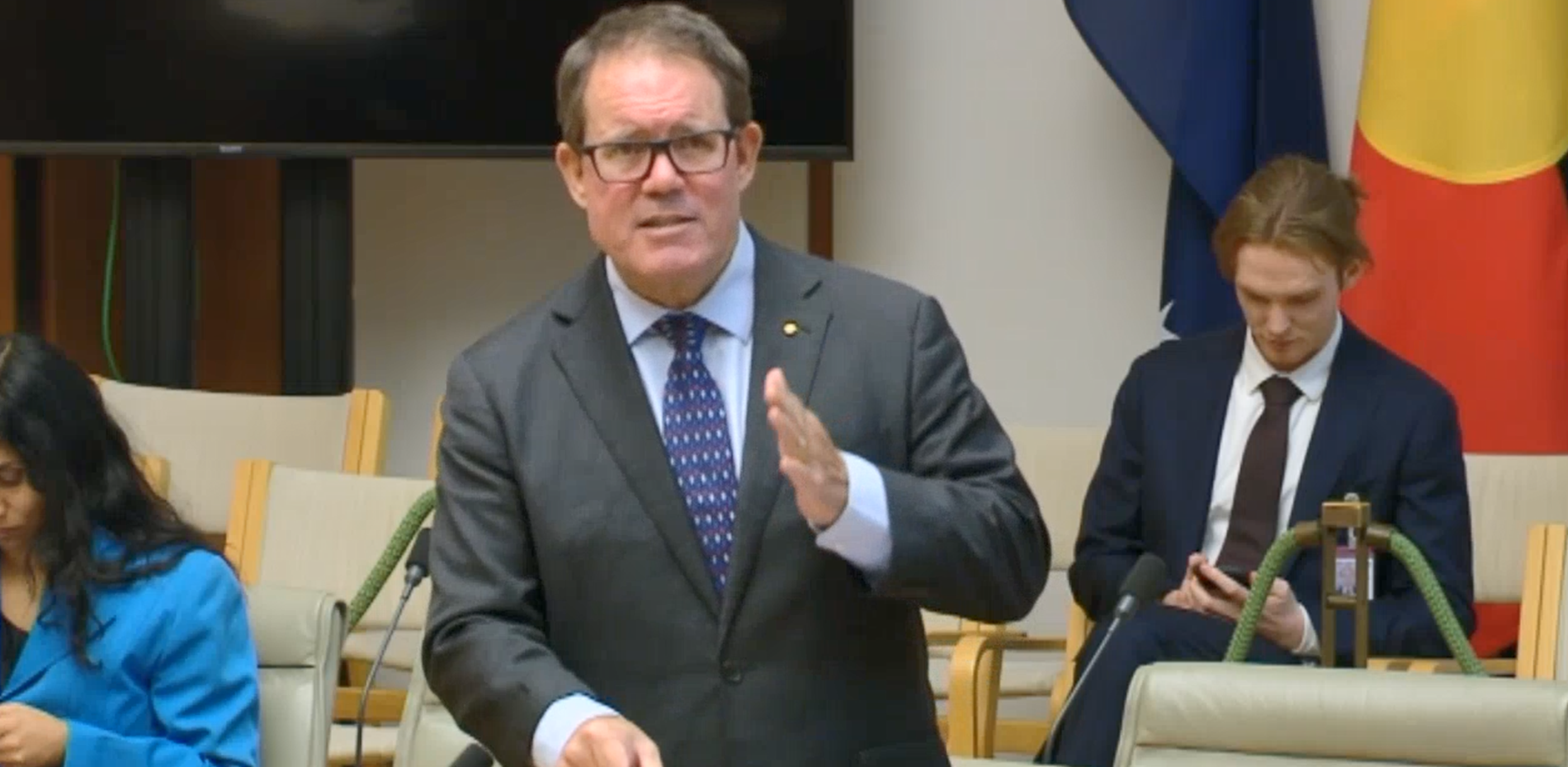Deputy Speaker,
I’m delighted to speak about the Australian space sector.
Because space is a fast-growing sector of our economy.
The global space industry is currently worth $366 billion.
It is forecast to reach US$1 trillion in value by 2040.
The Australian Space Agency has the goal of tripling our space industry, capturing a $12 billion market share up from $5.2 billion in 2018-2019, and creating 30,000 jobs by 2030.
The Albanese Government recognises that the space sector can make a valuable contribution to Australia’s modern economy.
Whether this is in deploying technology to track bushfires from orbit or developing autonomous space systems with applications in mining and agriculture, the space industry is delivering for Australians.
And the Albanese Labor Government is backing that work in.
The $15 billion National Reconstruction Fund will provide future funding opportunities for the space industry.
Space sector projects are explicitly included in the enabling capabilities priority area.
The fact that the Opposition is today raising the National Reconstruction Fund and what it should do is astounding.
Those opposite voted AGAINST the National Reconstruction Fund.
The $392 million Industry Growth Program announced in the Budget will also provide opportunities for space companies.
Across government, there is $10 billion available to support the space sector over the forward estimates and beyond.
So, to suggest there is under-investment in the Australian space industry, the Coalition must be on another planet.
Deputy Speaker, we are also working closely with international partners to develop our space industry.
It’s incredibly exciting that Katherine Bennell-Pegg, an employee of the Australian Space Agency, became the first Australian to train as an astronaut with the European Space Agency.
Additionally, NASA Administrator Bill Nelson and Deputy Administrator Pamela Melroy visited Australia in March, in the first such visit since 2014.
During his visit, Administrator Nelson called for an Australian astronaut to fly with NASA.
Australia has a long history of collaboration in space with the U.S. dating back to the 1950s, including by helping to broadcast the Apollo 11 Moon landing to the world and tracking the most recent Artemis mission.
It also makes me proud that Australia joined the United States’ Moon to Mars exploration program.
Just last month, Prime Minister Anthony Albanese and U.S. President Joe Biden announced the Technology Safeguards Agreement (TSA) on the sidelines of the G7 Summit in Japan.
The TSA will allow for the transfer of U.S. space technology, including rockets and satellites, to be launched from Australia.
One of the greatest growth opportunities in Australia’s space industry, including for launches, is in the Northern Territory.
The Territory and the Australian Space Agency have signed a Memorandum of Understanding recognising its strengths, including in space launches, high-altitude pseudo satellites, ground station operations, and downstream space industries.
This is confirmed for example in Equatorial Launch Australia operating a commercial launch facility, the Arnhem Space Centre, from Nhulunbuy.
NASA launched a sounding rocket campaign from the Arnhem Space Centre in July 2022, its first from a commercial spaceport outside the U.S.
One of our first actions as a Government was to give approval for NASA to launch these rockets.
An historic moment for the space industry in Australia.
The Territory’s geographic location provides a host of benefits for launch facilities and ground stations.
These include proximity to the equator, low population, southern hemisphere location, proximity to Asia,
clear skies, low light pollution, and limited noise interference.
For all of these reasons, the Northern Territory is a natural partner of the Australian and international space sectors.
Thanks Deputy Speaker.



